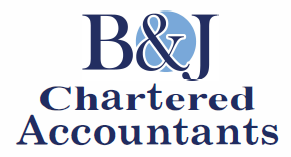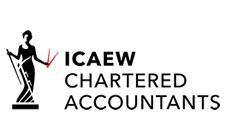Investing in woodlands - what are your options?
Investing in woodlands comes with several tax breaks. To make the most of these should you invest personally or through a company?

Steady growth in trees
The hope for any investment is that it will increase in value. By that criterion woodlands have performed well over the last decade which, along with the tax breaks, is what has tempted one of our subscribers to look at the woodlands market. He’s in the lucky position of being able to make a purchase from either his personal funds or those of his company. He wants to know how each of these two options might affect the tax breaks.
Tax on profits
Profits from selling the timber from your woodlands, whether felled or standing, are exempt from income and corporation tax. While the gap between timber harvests can be long, you can exploit the land for other uses in the meantime, e.g. letting it to or running a paint-balling business. However, the tax exemption doesn’t apply to such business profits. The normal rules for letting land or trading apply instead.
Tax pros and cons. As far as profits from sales of timber are concerned personal ownership has the edge here. While profits made by a company are tax free, extracting them isn’t. Taking salary or dividends usually results in a personal income tax bill for the recipient.
Tax on capital gains
A large part of the value of woodlands lies in the timber. The more mature it is, i.e. close to felling when the land is sold, the greater the price of the woodlands. The increase in value attributable to the value of timber is exempt from tax whether owned by you personally or your company. Conversely, any gain attributable to the land isn’t exempt.
Tax pros and cons. Personal ownership again has the edge for the same reasons as those already mentioned for profits. A further advantage is that as an individual you have an annual capital gains tax exemption which reduces the tax payable.
Inheritance tax (IHT)
There are a few IHT reliefs that can apply. Business property relief (BPR) eliminates IHT on the value of the woodland (land and trees) where it’s been owned for two or more years and has been run as a business. For example, timber harvesting, shooting rights, use as a leisure facility, e.g. a camping site that includes facilities, shooting rights, etc.
Where BPR doesn’t apply agricultural property relief (APR) might. This too completely eliminates IHT where the woodland has a direct or ancillary agricultural purpose. For example, it’s used for short rotation coppicing or as a “shelter belt” for farmland.
There’s also a relief specifically for woodlands but it’s rarely claimed as BPR or APR usually apply first. Plus, it’s only a deferral of IHT until the sale of the timber. Last on the list is heritage property relief. It applies if the woodland is of outstanding scenic, historic or scientific interest.
Tax pros and cons. Personal or company ownership of woodland can benefit from the IHT reliefs. But for company ownership it’s only achieved by BPR or APR and for this to apply your shares, and the company’s activities, must meet the conditions. Therefore, again, personal ownership of woodlands has the edge.
Related Topics
-
Extracting property from your company
As your retirement date is fast approaching, you’re looking to sell your company, but you want to keep the property it owns. A friend said you can buy the property from the company, but what are the tax consequences and is there a better option?
-
New HMRC guidance on winter fuel payments
HMRC has released new guidance on the recovery of winter fuel payments. What do you need to know?
-
Festive tax breaks for remote workers
You’re familiar with the tax break for Christmas parties but you now have a few remote workers, and the company will need to reimburse their travel and accommodation costs if they attend an event. Which costs count towards the tax-free limit and how can you manage any overspend?




 This website uses both its own and third-party cookies to analyze our services and navigation on our website in order to improve its contents (analytical purposes: measure visits and sources of web traffic). The legal basis is the consent of the user, except in the case of basic cookies, which are essential to navigate this website.
This website uses both its own and third-party cookies to analyze our services and navigation on our website in order to improve its contents (analytical purposes: measure visits and sources of web traffic). The legal basis is the consent of the user, except in the case of basic cookies, which are essential to navigate this website.